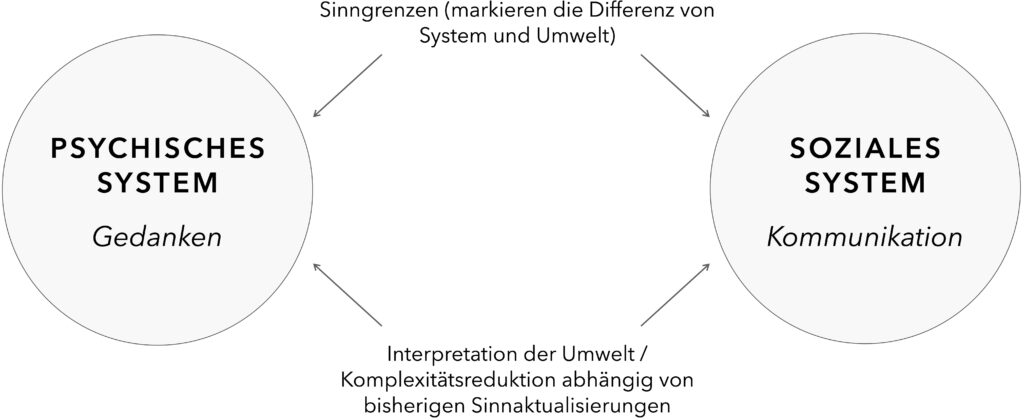Winterlektüre: »Technics and Civilization« (Lewis Mumford 1934)
7. Januar 2020Vor rund 85 Jahren – 1934 – ist Lewis Mumfords (1895–1990) Buch »Technics and Civilization« erschienen, welches sich auf monoskop.org als photographisches PDF einsehen lässt. Schon in dieser Zeit war Mumford ein Technikkritiker, Apokalyptiker und Kulturpessimist mit einem stellenweise stark moralisierenden Tonfall, der das Buch mitunter fast unlesbar macht und später in The Myth of the Machine (1967/1970) vollkommen die Oberhand gewinnen sollte. Nichtsdestoweniger stellt Mumford Fragen, die auch heute noch – in einer Phase, in der sich die Gesellschaft ihrer umfassenden Digitalisierung bewusst wird – überaus anregend sind (S. 3):
»During the last thousand years the material basis and the cultural forms of Western Civilization have been profoundly modified by the development of the machine. How did this come about? Where did it take place? What were the chief motives that encouraged this radical transformation of the environment and the routine of life: what were the ends in view: what were the means and methods: what unexpected values have arisen in the process? […] While people often call our period the ›Machine Age‹, very few have any perspective on modern technics or any clear notion as to its origins. […] Men had become mechanical before they perfected complicated machines to express their new bent and interest […]. Behind all the great material inventions of the last century and a half was not merely a long internal development of technics: there was also a change of mind. Before the new industrial processes could take hold on a great scale, a reorientation of wishes, habits, ideas, goals was necessary.«
Mumford geht es insofern um eine breitere historische und soziokulturelle Kontextualisierung jenes radikalen (und damals ebenso wie die Digitalisierung heute als ›disruptiv‹ empfundenen) Umbruchs seiner Zeit – der Industriellen Revolution. Im gewissen Sinne anschlussfähig an Norbert Elias’ Prozesssoziologie verfolgt er in der ersten Hälfte von »Technics and Civilization« das Ziel, die unauflösbare Verschränkung von technischem und kulturellen Wandel herauszuarbeiten und Veränderungen in der materiellen Welt mit Veränderungen im menschlichen Denken in Bezug zu setzen. Wie Rosalind Williams in einer Klassikerrezension aus dem Jahr 2002 hervorhebt, gelingt ihm die Beschreibung des soziokulturellen Vorlaufs der Industrialisierung, der Mumford zufolge mit der Erfindung der mechanischen Uhr im (Spät-)Mittelalter seinen Anfang nahm, in nach wie vor sehr instruktiver Weise – bevor er sich danach in historisierenden Moraldiagnosen verfängt (S. 143ff.):
»In that book he most successfully shows technics as ›an integral
part of higher civilization‹ in the famous set pieces in which he examines particular objects, materials, and sites—the clock, the mine, glass, wood. In these passages he examines the interplay of external constraints and internal needs as no one had done before, and few have done since. They show Mumford at his best, combining sensitive analysis of forms with analyses of the social and physical realities of labor, landscape, and capital.He is considerably less successful in explaining larger historical change. Intent on refuting economic determinism as the driver of technological history, Mumford substitutes an equally rigid organic determinism, further complicated by an unrelenting moralism in which he equates the organic with the good.«













